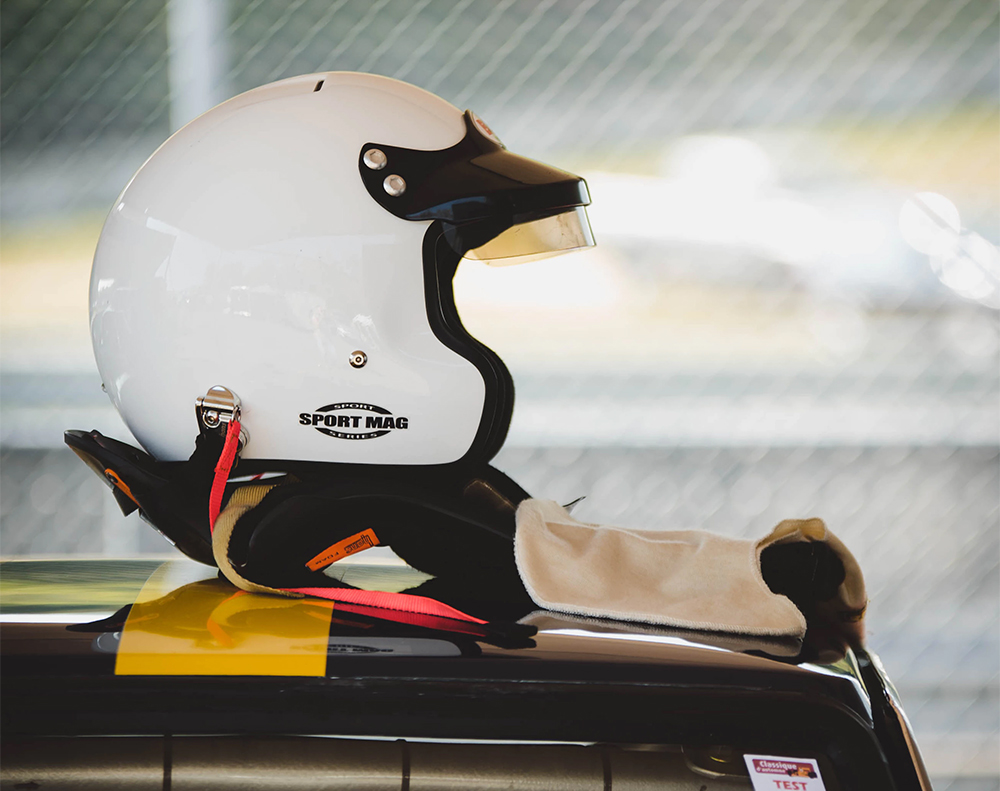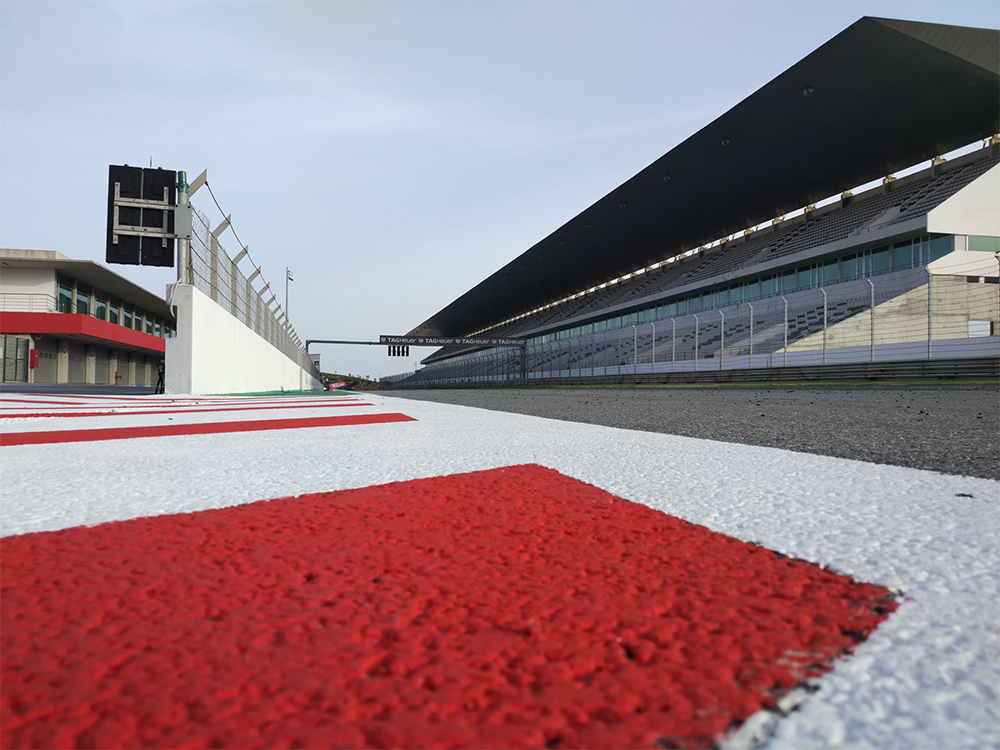Experiencing a Supercar Isn’t As Expensive As You Think
For car enthusiasts, there might be no greater experience than owning a supercar. It could be that you have always dreamed of owning a particular make and have had posters on your bedroom wall from your youth, dreaming of the day that you could sit behind the wheel. Alternatively, you may have developed a love for supercars later in life and now want the ultimate experience that driving has to offer.
But it can be easy to be put off supercar ownership by the fact that it is expensive. Detractors point to the initial cost of the car, as well as insurance and regular maintenance, not to mention running costs, which would appear to make it exorbitant to own a supercar. However, you might be surprised to learn that owning a supercar is not as draining for your bank balance as you think.
The opportunity to try a car
Not everyone who wants to get behind the wheel of a supercar also wants to own it on a day-to-day basis. It might simply be the case that you would be happy with simply the occasional few hours in the driver’s seat. And after all, roads have the same speed limits for supercars as they do for every other car, and if the thrill that you are looking for comes from taking a car up to high speeds, then you might even just be satisfied with a supercar experience day.
You can look at supercar experiences two ways. Firstly, they can be a relatively cheap and easy way to the experience the best of what a supercar has to offer. You won’t be committing yourself to one specific car and can give multiple different models a try. Secondly, however, you can consider your experience day as a test run before you commit to ownership. Buying a supercar won’t come cheap so it can be best to know that you are choosing the right one.
An alternative to buying


If you are committed to owning a supercar and enjoying it on a day-to-day basis, then you might be looking into the prices and wondering how you can afford the initial outlay necessary to own. But it is actually the case that you can drive a supercar without having to buy one. Leasing has become a very popular alternative to outright car ownership, with simple monthly payments and a fixed term often being preferable.
Many buyers assume that it is only possible to lease more affordable cars, but if you look at the top of the market you can find it is possible to lease high-end sports cars and supercars such as the Porsche 911, the Audi R8, and even various Ferraris. With predictable repayments and the financial future of your car planned out, this can be a very affordable way to drive a supercar.
A supercar as an investment


Naturally, the price of a supercar can be extremely high but sometimes it is a case of how your frame that price. Remember that a supercar will not depreciate at the same rate as a normal road car – in fact in some cases if you buy the right model, a supercar will actually gain value. You can’t count on this being the case, but it is often possible to recoup a lot of your initial expense when you come to sell.
You need to think of your supercar as an investment. This starts with doing your research into which model you are going to buy as some will depreciate faster than others. Additionally, you need to ensure that you take care of your supercar correctly. Keeping the car in good condition will pay dividends in the long-term.
Built to last
It is also worth pointing out that supercars are built to be able to withstand the rigors of demanding use at very high speed. This means that all of the parts used in construction are of exceptional quality. Given that these cars are not often used at these sorts of speeds you can enjoy the benefits of their quality in the fact that they will last for a long time. This means that while supercars will still require maintenance, you are likely to have fewer problems, especially if you don’t constantly push it to its limits.



